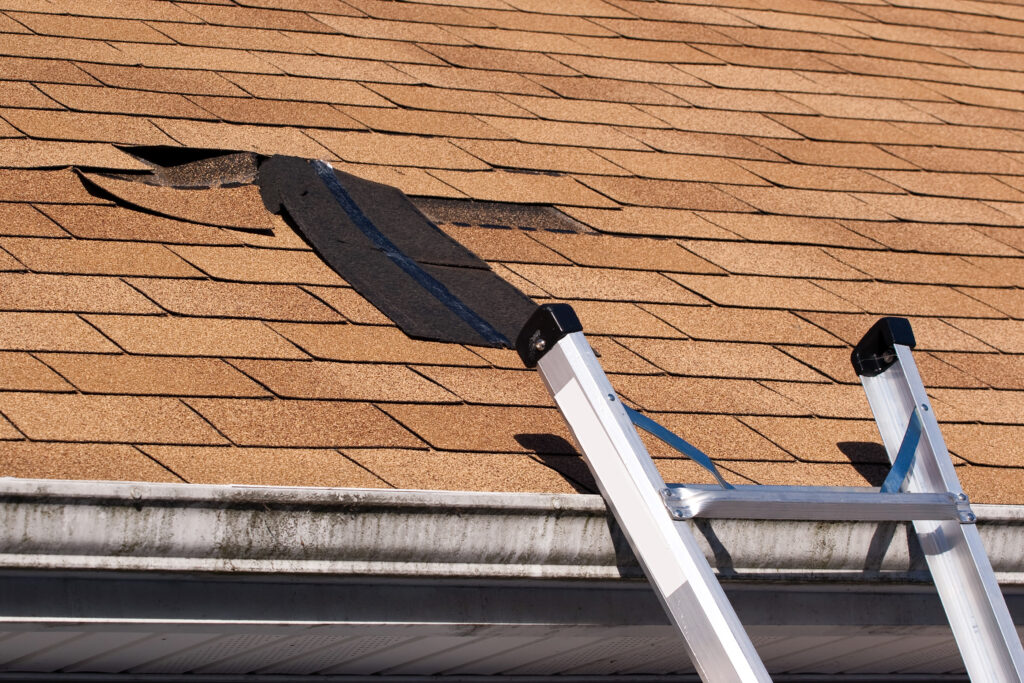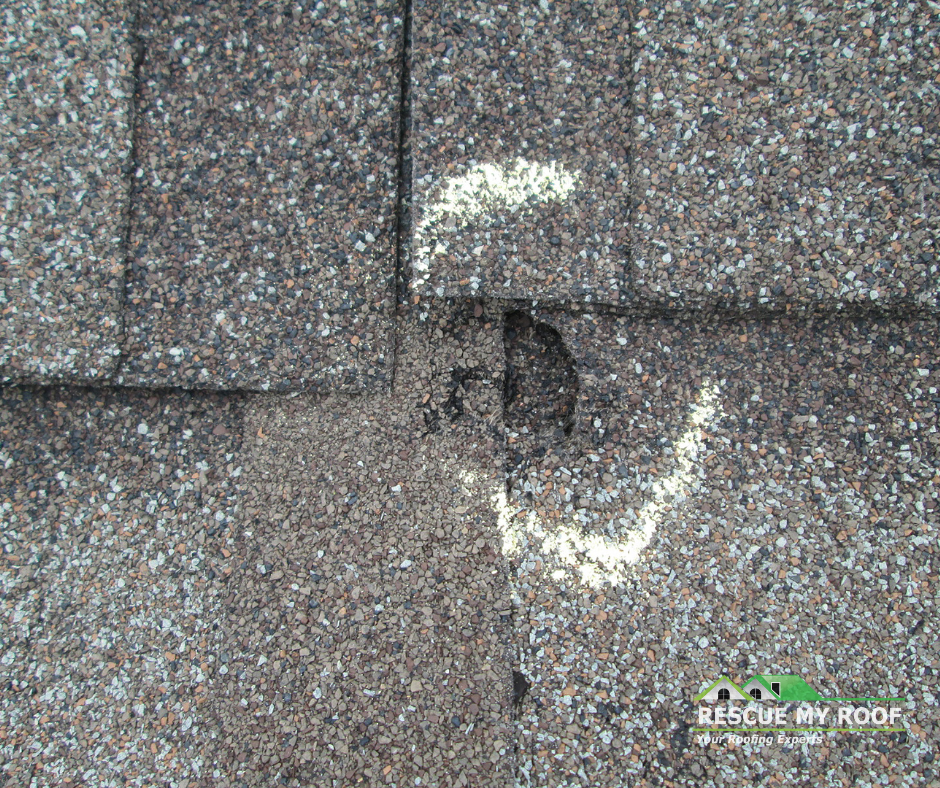How Wind Can Damage Your Roof & What to Do About It
High winds can be a silent destroyer of roofs, causing damage that isn’t always immediately noticeable. Whether it’s a strong thunderstorm, a blizzard, or even hurricane-force winds, your roof is the first line of defense for your home.
Understanding how wind can damage your roof and what you can do to prevent or fix it is key to avoiding costly repairs. But where do you start?
Rescue My Roof has been a leading educator in the roofing industry for over a decade. We’ve helped thousands of homeowners make the best decisions for their homes. Today, we’re here to help you, too.
In this article, we’ll break down how wind can damage your roof and the next steps to take. Ultimately, you’ll know how to handle wind damage like a pro.
How Wind Damages Your Roof
While roofs are incredibly durable and made to last, over time (or with poor installation), they can fall victim to wind damage.
Is your roof wind damaged? Here’s how you can tell:
1. Shingle Lifting & Missing Shingles

Strong winds can get underneath your shingles, loosening or completely tearing them away. Once a shingle is lifted or missing, it exposes the underlying layers to further wind and water damage.
If wind has torn off shingles, contact a local roofing contractor and your insurance company to begin the claims process.
2. Granule Loss

The rough granules on asphalt shingles help protect your roof from UV rays and moisture. High winds can strip these granules away, weakening your shingles and reducing their lifespan.
Keep an eye out for bald areas on your roof. If the granule loss is extensive, it may be time to call in a professional.
3. Flashing & Gutter Damage
Wind can bend, loosen, or even tear off metal flashing around vents, chimneys, and skylights, leading to water leaks.
Gutters and downspouts are also vulnerable to high winds, which can detach them from the roof.
4. Debris Impact
Flying debris, such as branches, lawn furniture, or even tree limbs, can land on your roof and cause punctures, cracks, or other structural damage.
Look for cracked shingles or areas of granule loss to determine if flying debris has damaged your roof.
5. Roof Deck Damage
If winds are strong enough, they can lift entire sections of the roof deck, leading to catastrophic failure. While rare, this kind of damage requires immediate attention. If you’ve experienced roof deck damage, contact a roofing company immediately before other costly damage occurs.
What to Do If Your Roof Suffers Wind Damage
Now that you know the signs, it’s important to know what comes next.
Here are the steps you should take if your roof has suffered wind damage:
1. Inspect Your Roof After a Storm
Walk around your home and look for missing shingles, damaged flashing, or any debris that may have impacted your roof. If you notice interior leaks or water stains, your roof may have suffered wind-related damage.
2. Check Your Attic for Leaks
Sometimes, wind damage isn’t obvious from the outside. Check your attic for any signs of moisture, wet insulation, or visible gaps in the roofing structure.
3. Schedule a Professional Roof Inspection
If you suspect wind damage, call a professional roofing contractor to assess the situation. They can identify damage that may not be visible to the untrained eye.
4. Address Repairs Promptly
Even small wind damage can quickly escalate into major problems if left unaddressed. Replacing missing shingles, securing loose flashing, and fixing minor leaks can prevent more extensive (and expensive) repairs down the road.
5. Consider Wind-Resistant Roofing Materials
If you live in an area prone to high winds, investing in impact-resistant shingles, metal roofing, or modified bitumen can help protect your home. Look for roofing materials rated for high wind speeds.
6. Secure Loose Objects Around Your Home
Prevent wind damage by securing outdoor furniture, trimming overhanging tree branches, and making sure gutters and downspouts are properly attached before a storm hits.
Protecting Your Roof from Wind Damage
Wind damage isn’t always preventable, but regular roof maintenance, inspections, and choosing durable materials can help minimize the risk. If you’ve experienced a windstorm, don’t wait—have your roof inspected to ensure your home stays safe and protected.
Learn more with “4 Signs of Wind Damage” and “Choosing the Best Roofing Material for High-Wind Areas.”
Need a professional roof assessment in southeastern Wisconsin? Rescue My Roof has got you covered. Contact us today to get a free estimate.


